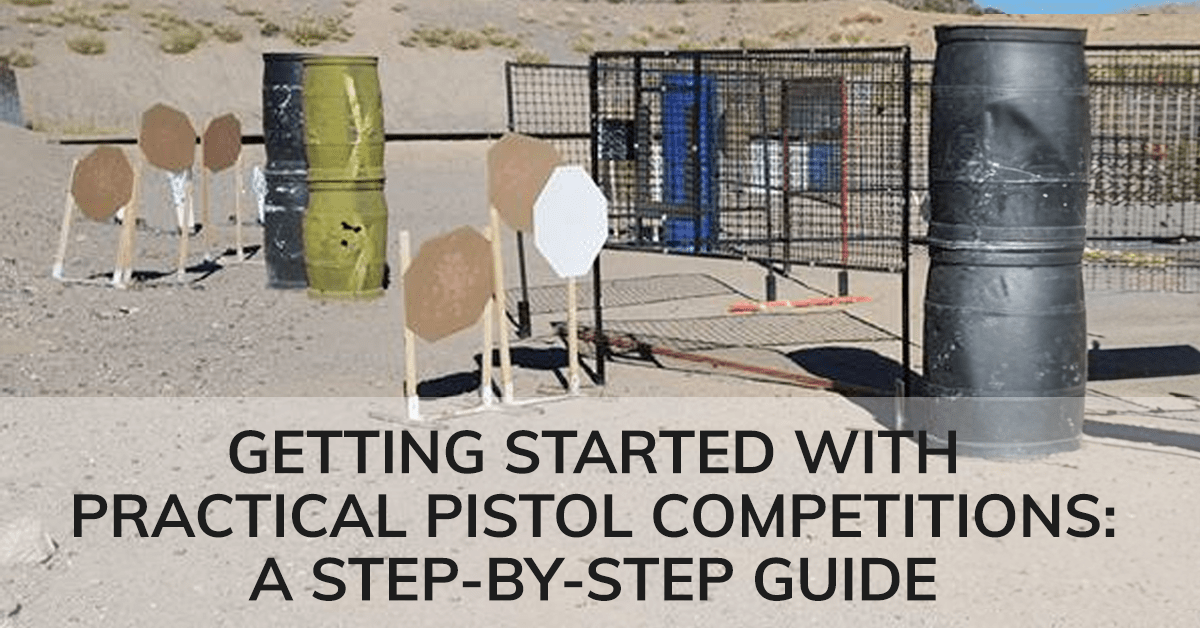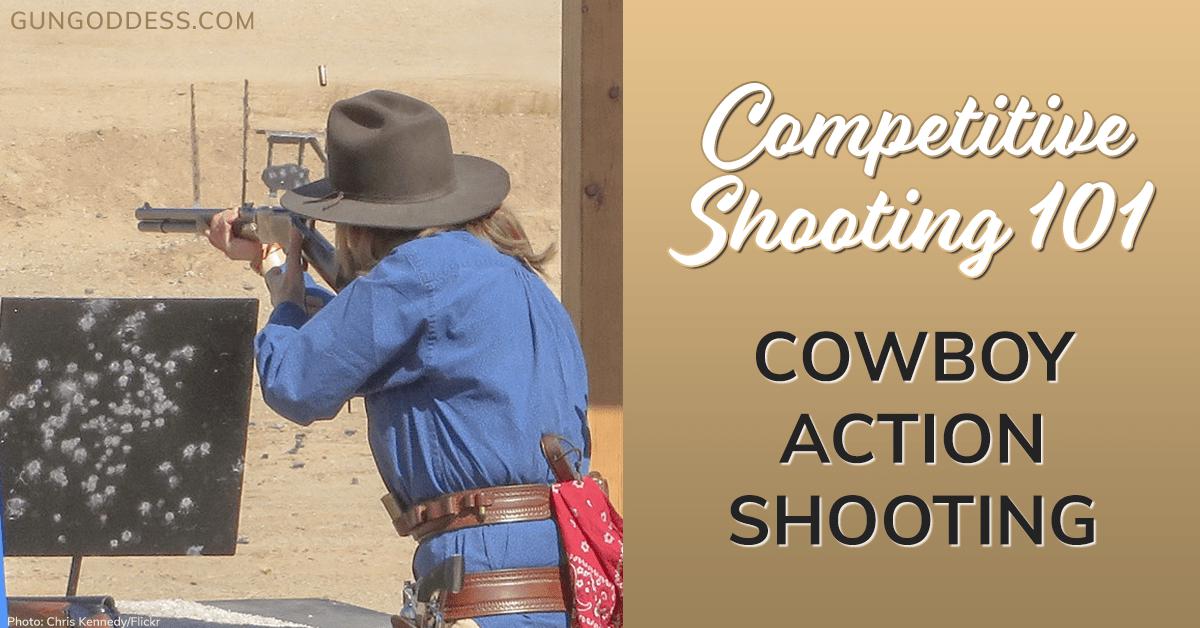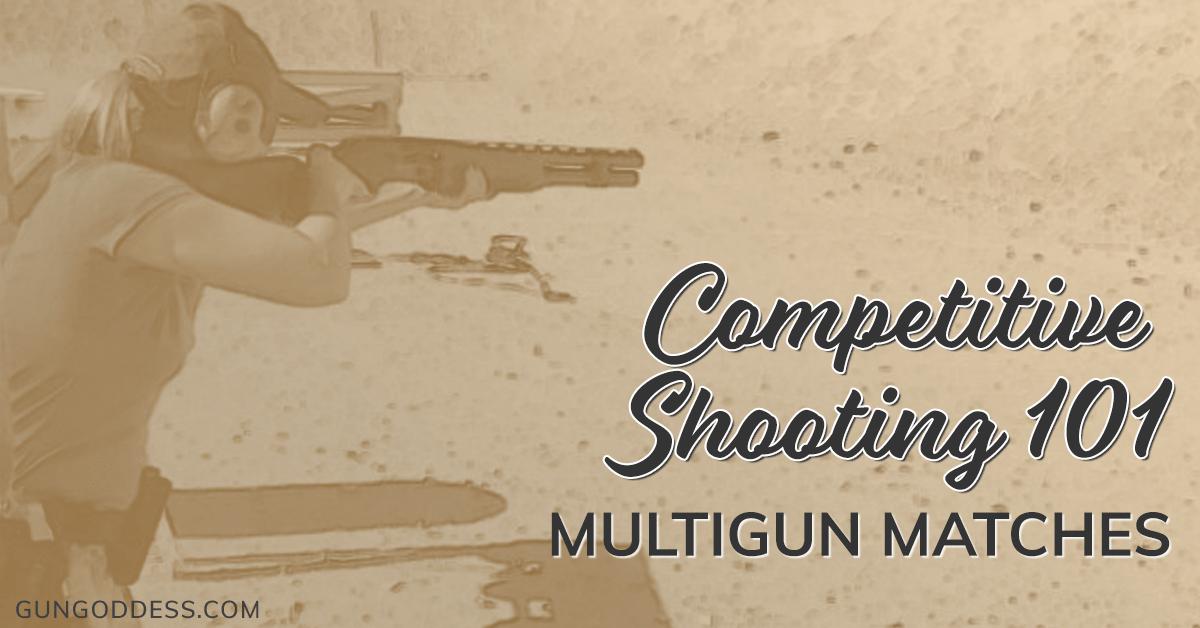Your Cart is Empty
Orders Over $100 Ship FREE (USA)!
Menu
-
- CONCEALED CARRY
- GUN HOLSTERS
- CONCEALED CARRY PURSES
- CASUALLY CONCEALED APPAREL
-
(Apparel with holster pockets or concealed-carry features)
- PARTS & GEAR
- RANGE STYLE
- APPAREL
- JEWELRY
-
E-GIFT CARDS
-
Gift shopping & not sure about size or style? Give a gift card instead!
-
- GIFT IDEAS
- WHAT'S NEW?
- EXPLORE
- Login
- USD


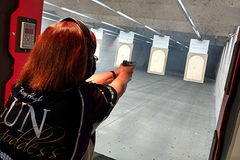 Bullseye shooting has been around for decades. In an NRA sanctioned bullseye match, the shooter uses three different handguns to shoot a 270-round course of fire. The guns must be a .22 caliber semi-auto or revolver, a semi-auto or revolver of .32 caliber or higher and a .45 caliber pistol or revolver. It is possible to shoot this match with only two handguns since the .45 caliber can qualify for both the .32 and higher category and the .45. The courses of fire are separated into a slow fire stage, a timed fire stage and a rapid-fire stage.
Bullseye shooting has been around for decades. In an NRA sanctioned bullseye match, the shooter uses three different handguns to shoot a 270-round course of fire. The guns must be a .22 caliber semi-auto or revolver, a semi-auto or revolver of .32 caliber or higher and a .45 caliber pistol or revolver. It is possible to shoot this match with only two handguns since the .45 caliber can qualify for both the .32 and higher category and the .45. The courses of fire are separated into a slow fire stage, a timed fire stage and a rapid-fire stage.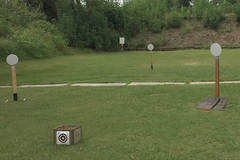 Steel Challenge is an official sport sanctioned by the Steel Challenge Shooting Association (SCSA) and some ranges run their own form of this type of competition. These matches are for the most part stationary shooting, but not actual bullseye shooting because shooters take on steel plates rather a target with a center bullseye. An official Steel Challenge match includes 8 standardized stages, each of which has five steel plates of varying sizes. This means that no matter where you go to shoot an official Steel Challenge match, the stages will be exactly the same.
Steel Challenge is an official sport sanctioned by the Steel Challenge Shooting Association (SCSA) and some ranges run their own form of this type of competition. These matches are for the most part stationary shooting, but not actual bullseye shooting because shooters take on steel plates rather a target with a center bullseye. An official Steel Challenge match includes 8 standardized stages, each of which has five steel plates of varying sizes. This means that no matter where you go to shoot an official Steel Challenge match, the stages will be exactly the same.